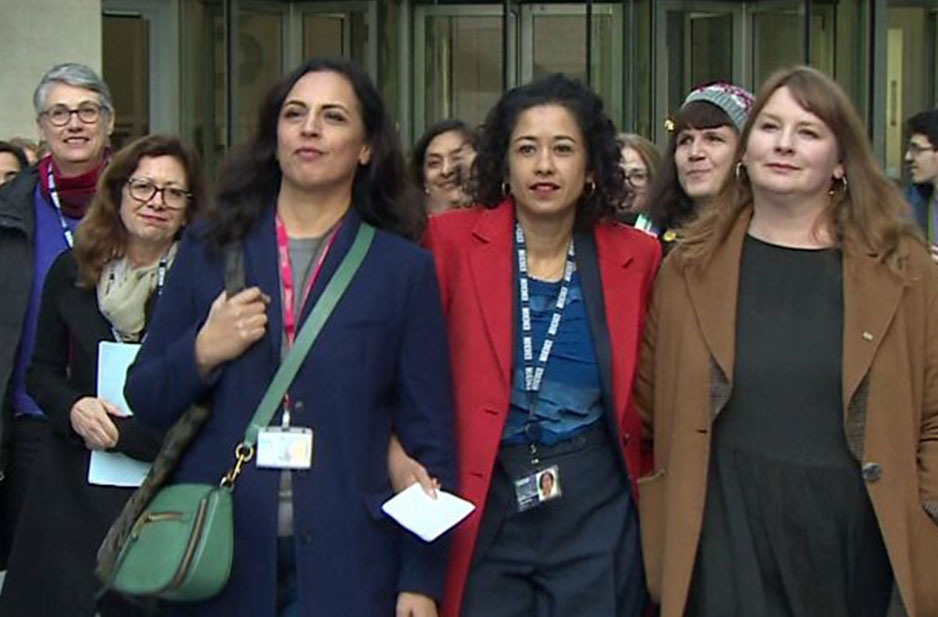Analysis published by the TUC reveals that the average woman has to wait more than two months of the calendar year before she starts to get paid, compared to the average man.
The current gender pay gap for all employees stands at 17.9%. This pay gap means that women effectively work for free for the first 65 days of the year, until they begin to get paid on Women’s Pay Day.
Regional gender pay gaps
The analysis published today – which is also the first day of the TUC’s annual women’s conference in London – shows that in some parts of the country gender pay gaps are even bigger so their Women’s Pay Day is later in the year.
- In the East of England the gender pay gap is 20.3%, so Women’s Pay Day in that part of the country won’t fall for another 9 days (Friday 15 March).
- Women in the South East (19.3% pay gap) and the East Midlands (19.2%) have to wait until Monday (11 March) for their Women’s Pay Day.
- And women in the West Midlands (18.3% pay gap) had to wait until March 7.
Regional variations in the gender pay gap are likely to be caused by differences in the types of jobs and industries that are most common in that part of the UK.
Industrial gender pay gaps
The analysis also shows that in a number of key industries – even in those dominated by female workers like education and social work – gender pay gaps are even bigger. In these sectors women get paid much less on average than men, both because they are more likely to be in part-time jobs and because they are in lower-paid roles.
- In education the gender pay gap is currently 25.9%, so the average woman effectively works for free for more than a quarter of the year (95 days) and has to wait until the 4 April 2019 before she starts earning the same as the average man.
- In information and communication, the average woman waits 77 days for her Women’s Pay Day on 18 March 2019.
- The longest wait for Women’s Pay Day comes in finance and insurance. The gender pay gap is the equivalent of 130 days, meaning its more than a third of the year before Women’s Pay Day finally kicks in on 10 May 2019.
TUC Regional Secretary Lee Barron said: “The UK still has one of the worst gender pay gaps in Europe. Women effectively work for free for two months of the year – and at current rates of progress it’ll take another 60 years for this gap to close.
“Making employers publish information on their gender pay gaps is a start but it’s nowhere near enough. Employers must be legally required to explain how they’ll tackle pay inequality at their workplaces and advertise jobs on a more flexible basis.
“Women in the UK will only start to get paid properly when part-time jobs are better-paid and jobs are flexible from day one. And we need higher wages in key sectors like social care.
“Workplaces that recognise unions are more likely to have family-friendly policies and fair pay. So a good first step for women worried about their pay is to join a union.
|
Women’s Pay Day by region, sources the Office for National Statistics (ONS) Annual Survey of Hours and Earnings (ASHE) 2018.
Women’s Pay Day by industry, source the Office for National Statistics (ONS) Annual Survey of Hours and Earnings (ASHE) 2018.
- The gender pay gap |

















